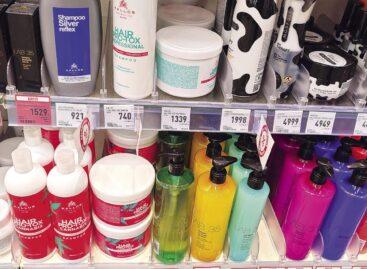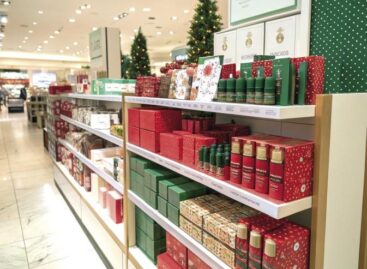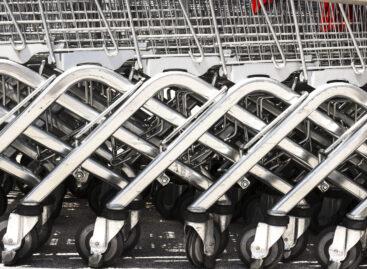Hair care 2025: new directions and market trends
This article is available for reading in Trade magazin 2025/2-3.

Mariann Karsai
senior brand manager
Henkel Magyarország
Mariann Karsai, senior brand manager of Henkel Magyarország Kft. cites NIQ data to tell our magazine: in November 2024 the hair care category was 17.3% bigger in value terms compared to the same period of 2023; 9.5% of this growth was realised in value, while 7.8% was in volume.
“The hair care category can be broken down into three main segments: shampoos, conditioners and hair treatment products. Shampoos have the biggest market share, accounting for 64% of the category in value up to November 2024. Although sales grew by 12.8% over the year, in the long run the segment is contracting gradually by 1-2 percentage points per year”,
says Mariann Karsai.
Laura Kárpáti-Szobotka, trade marketing manager of L’Oréal Magyarország informs that the dynamic growth of the hair care category is driven by growing basket value:
“More and more consumers are choosing premium hair care products and incorporating supplements into their daily routine. As a result, the hair treatment segment is growing by 30.6% in value, 1.8 times faster than the overall hair care market”.
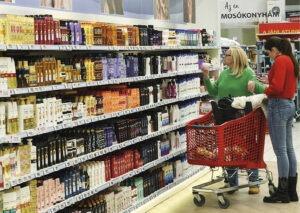
After stagnation in 2023, consumer confidence rebounded in 2024
Complete care
Henkel has had a very successful year, realising sales growth in all segments of the category and across all of its major brands. Gliss Express Repair, the no-rinse spray-on conditioner continues to be very popular, just like Gliss Night Elixir night conditioners. January brought the debut of a new 6-product range under the Gliss brand. The new Gliss Full Hair Wonder products contain caffeine and peptides and are recommended for weak, thin, thinning hair.
Two new-format hair care products are also added to the Gliss portfolio: a scalp activating serum, which is applied directly to the hair follicles using the rubber applicator, and a hair strengthen conditioner that utilises the HAPTiQ system and peptides. As for the Syoss brand, it is going to be revamped completely in 2025: products will get a new packaging design and their formulation will also be renewed.
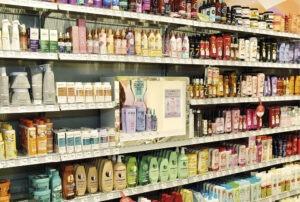
More and more consumers choose premium hair care products and incorporate supplements into their daily routine
New trends
Henkel has observed several trends recently in the hair care market, primarily targeting female consumers. A growing proportion of consumers follow a personalised hair care routine that suits their individual hair type. The company’s view is that treatment is the most innovation-driven segment.
Hair care routine is often divided into everyday and weekend procedures and rituals.
Women are looking for products that solve several problems at once. In most cases the main objective is to achieve more and better results with fewer products in less time. Methods and products that work at night are also increasingly common.
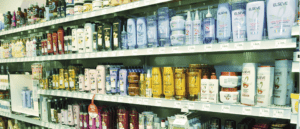
Consumers are looking for products that solve several problems at once
Renewal inside and outside
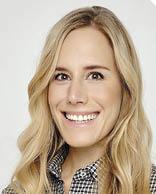
Laura Kárpáti-Szobotka
trade marketing
manager
L’Oréal Magyarország
L’Oréal Magyarország’s trade marketing manager reports that their brands have contributed significantly to the growth of the hair care category. Their product range with the biggest market share is the Elseve Hyaluron Plump moisturising line, which ended the year at 3.4%.
L’Oréal’s newly launched product lines such as Hyaluron Pure – which is designed for treating oily scalps and dehydrated hair – are also very popular. This year’s innovations are utilising ingredients developed in research centres and tested to be effective, including Aminexil, glycolic acid and keratin.
One of the two big launches in 2025 is the L’Oréal Paris Growth Booster premium and unisex range, which is made with a high concentration of the active ingredient aminexil to combat hair loss. //
Hair is treasure: value sales of hair care products grew significantly
In the 12-month period ending in October 2024, the hair care category (which includes shampoo, conditioner, hair dye, hair treatment, spray and styling products in the NIQ retail index) generated sales of more than HUF 56bn.


Guest writer:
Gabriella Csonka
jr. analytic insights
associate
NIQ
This represents a 15% growth compared to the previous period, from which 11% comes from the price level and 4% from the increase in volume sales. Manufacturer brands realised 90% of value sales.
Consumers mainly bought their hair care products in drugstores, which accounted for almost 70% of sales in HUF.
Shampoos were responsible for two-fifths of the category’s value sales, while hair dyes accounted for one-fifth. The remaining 40% was shared by hair treatment products, conditioners, hair sprays and styling products. //
Related news
From hair roots to hair volume
🎧 Hallgasd a cikket: Lejátszás Szünet Folytatás Leállítás Nyelv: Auto…
Read more >Makeup trends reimagined
🎧 Hallgasd a cikket: Lejátszás Szünet Folytatás Leállítás Nyelv: Auto…
Read more >Brands under the Christmas tree
🎧 Hallgasd a cikket: Lejátszás Szünet Folytatás Leállítás Nyelv: Auto…
Read more >Related news
Christmas shock in commerce: for the first time, we can pay with bank cards in fewer places
🎧 Hallgasd a cikket: Lejátszás Szünet Folytatás Leállítás Nyelv: Auto…
Read more >Hungarian Confectionery Manufacturers Association: trends in 2025 and prospects for 2026
🎧 Hallgasd a cikket: Lejátszás Szünet Folytatás Leállítás Nyelv: Auto…
Read more >Most grocery chains will be open until noon on December 24th
🎧 Hallgasd a cikket: Lejátszás Szünet Folytatás Leállítás Nyelv: Auto…
Read more >
